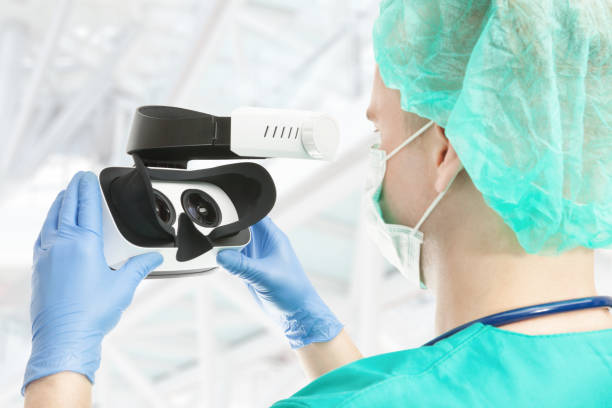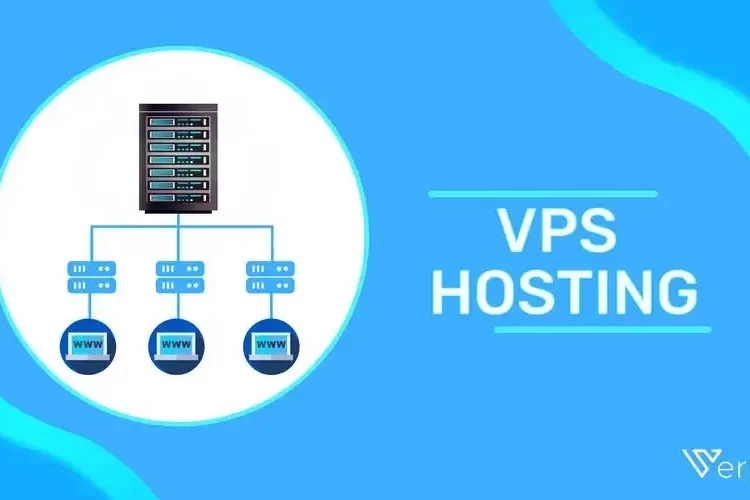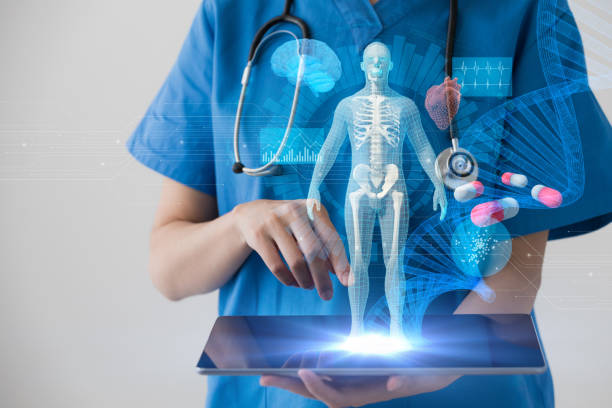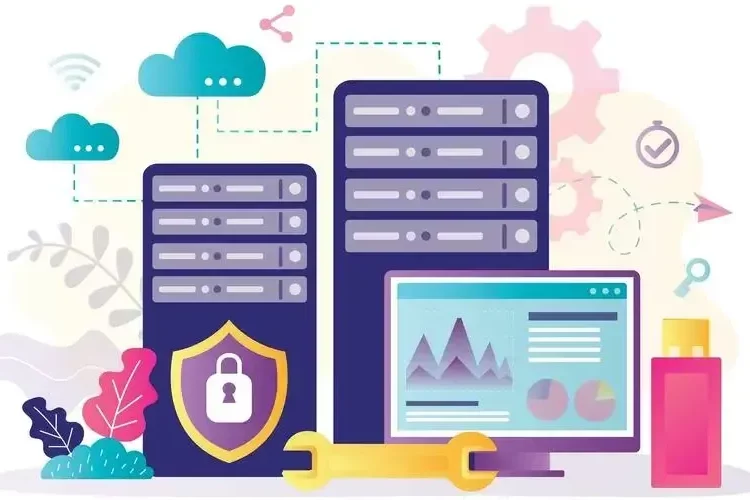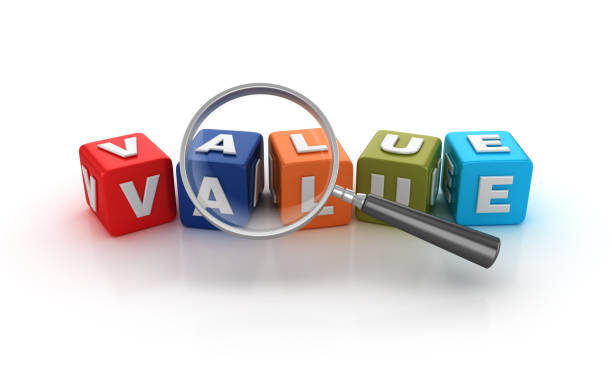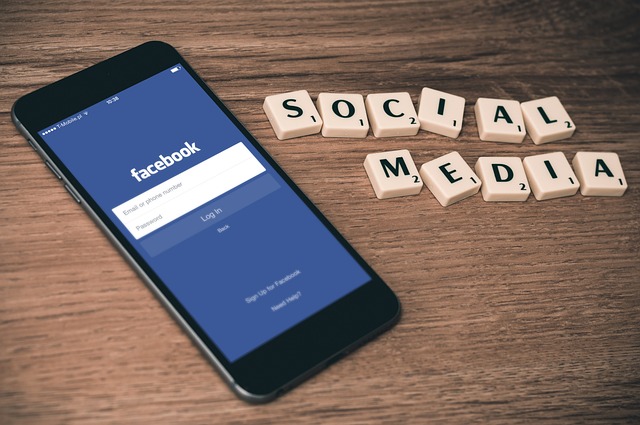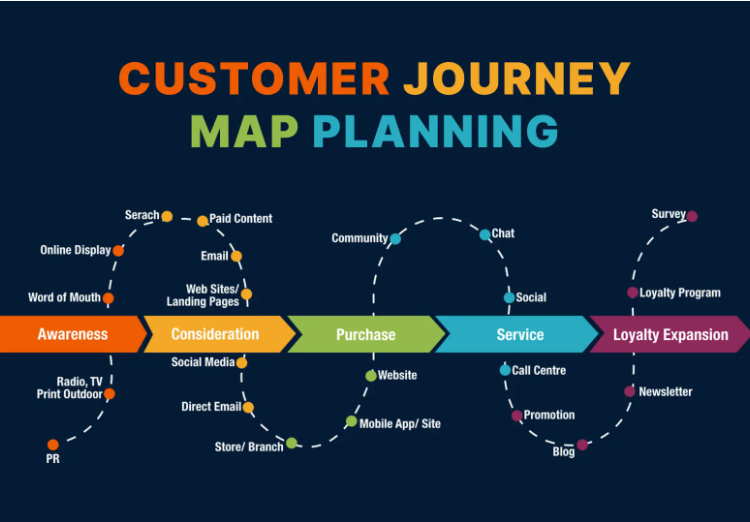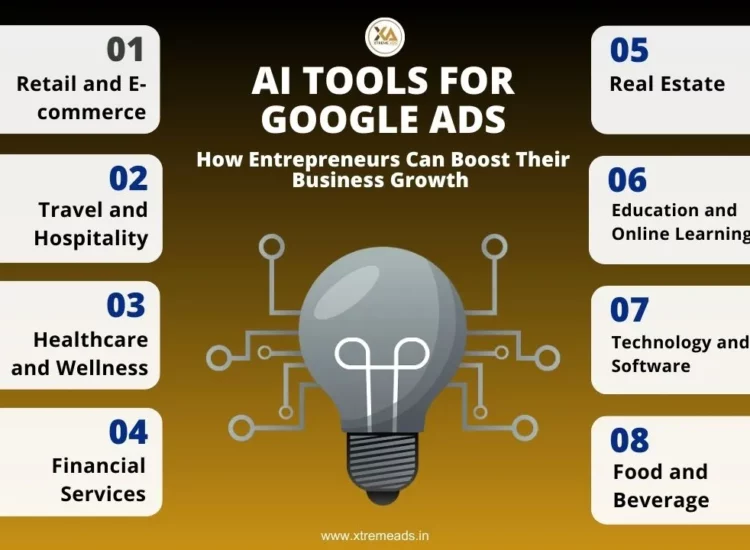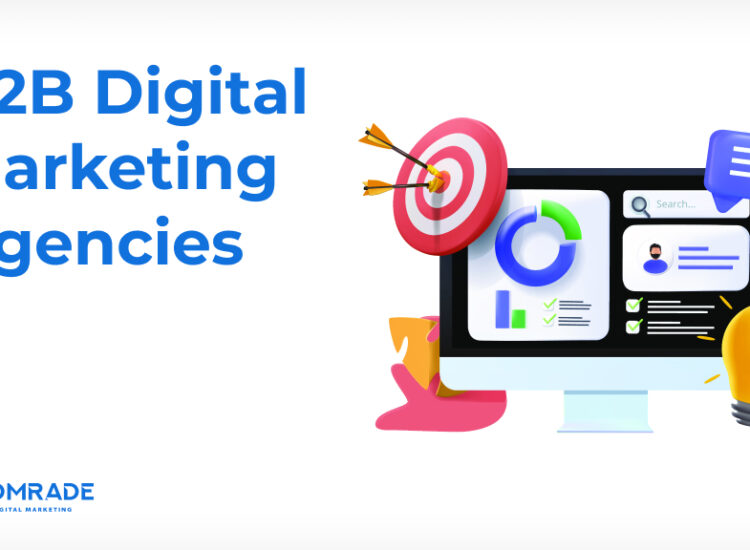The healthcare landscape is undergoing a profound transformation, driven by advancements in technology. At the forefront of this revolution is the Internet of Medical Things (IoMT), a network of interconnected medical devices, software applications, and health systems that collect, analyze, and transmit health data. This interconnected ecosystem is poised to redefine how healthcare is delivered, managed, and experienced. This article delves into the world of the Internet of Medical Things, exploring its significance, key applications, benefits, challenges, and the exciting future it holds for the healthcare industry.
Toc
- 1. The Expanding Significance of the Internet of Medical Things in Modern Healthcare
- 2. Understanding the Internet of Medical Things: Connecting Healthcare Ecosystems
- 3. Related articles 01:
- 4. Key Applications of the Internet of Medical Things in Healthcare: Transforming Patient Care
- 4.1. Remote Patient Monitoring: Extending Care Beyond Hospital Walls
- 4.2. Wearable Health Trackers: Empowering Individuals with Real-Time Health Insights
- 4.3. Smart Medical Devices: Enhancing Precision and Efficiency in Diagnostics and Treatment
- 4.4. Connected Hospitals: Creating Intelligent and Responsive Healthcare Environments
- 4.5. Medication Management: Improving Adherence and Reducing Errors
- 4.6. Chronic Disease Management: Enabling Proactive Intervention and Personalized Support
- 4.7. Enhanced Elderly Care: Providing Safety, Independence, and Remote Assistance
- 5. The Multifaceted Benefits of Implementing the Internet of Medical Things in Healthcare
- 5.1. Improved Patient Outcomes and Reduced Hospital Readmissions
- 5.2. Enhanced Efficiency and Reduced Healthcare Costs
- 5.3. Increased Patient Engagement and Adherence to Treatment Plans
- 5.4. Facilitation of Early Disease Detection and Preventative Care
- 5.5. Better Data Collection and Insights for Research and Development
- 6. Related articles 02:
- 7. Navigating the Challenges and Considerations for the Internet of Medical Things in Healthcare
- 7.1. Ensuring Robust Data Security and Patient Privacy
- 7.2. Addressing Interoperability and Data Integration Challenges
- 7.3. Navigating the Complex Regulatory Landscape
- 7.4. Effective Data Management and Meaningful Analytics
- 7.5. Managing the Cost of Implementation and Ensuring Accessibility
- 7.6. Current Implementations and Success Stories of IoMT in Healthcare
- 7.7. Emerging Trends and the Future Trajectory of IoMT
- 8. The Internet of Medical Things – Paving the Way for a Smarter and More Connected Healthcare Future
The Expanding Significance of the Internet of Medical Things in Modern Healthcare
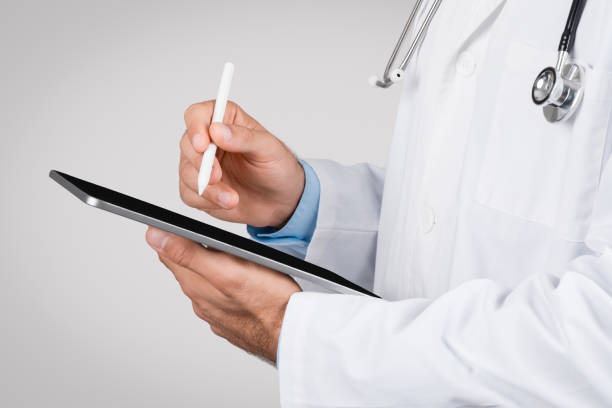
The Internet of Medical Things (IoMT) is rapidly gaining momentum as the number of connected medical devices continues to surge. This interconnectedness is not merely about technological advancement; it’s about fundamentally changing how healthcare professionals deliver care and how individuals manage their health.
The Proliferation of Connected Medical Devices
From wearable fitness trackers to sophisticated implantable devices, the market for connected medical devices is experiencing exponential growth. These devices generate a continuous stream of data, providing valuable insights into patients’ health status and enabling more proactive and personalized interventions.
Driving Efficiency and Improving Patient Outcomes
The IoMT has the potential to significantly enhance efficiency across the healthcare spectrum. By automating data collection, streamlining workflows, and enabling remote monitoring, healthcare providers can optimize their resources and focus on delivering higher-quality care. Ultimately, this translates to improved patient outcomes and a more effective healthcare system.
Enabling Personalized and Proactive Healthcare
One of the most compelling aspects of the IoMT is its ability to facilitate personalized and proactive healthcare. Continuous monitoring through connected devices allows for the early detection of health issues, enabling timely interventions and potentially preventing serious complications. This shift towards proactive care can lead to better management of chronic conditions and improved overall well-being.
Understanding the Internet of Medical Things: Connecting Healthcare Ecosystems
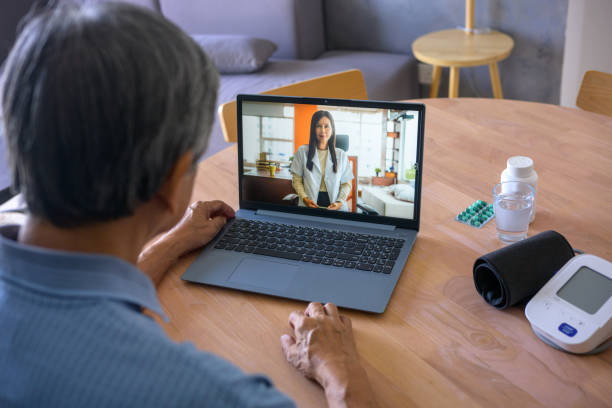
To fully grasp the impact of the Internet of Medical Things, it’s essential to understand its fundamental components and how they interact within the healthcare ecosystem.
Defining the Internet of Medical Things (IoMT)
The Internet of Medical Things (IoMT) refers to the collection of medical devices and applications that connect to healthcare IT systems through computer networks. These devices can range from simple wearable sensors that track vital signs to complex imaging systems and surgical robots. The key element is their ability to generate, collect, analyze, and transmit health-related data.
Key Components of an IoMT Ecosystem
A typical IoMT ecosystem comprises several key components working in concert:
Connected Medical Devices and Sensors
These are the physical devices that collect health data. Examples include wearable fitness trackers, blood glucose monitors, heart rate sensors, smart inhalers, and implantable cardiac devices.
Communication Networks and Gateways
These components facilitate the transmission of data from the connected devices to cloud platforms or other healthcare IT systems. This can involve various technologies such as Bluetooth, Wi-Fi, cellular networks, and low-power wide-area networks (LPWANs). Gateways often act as intermediaries, aggregating data from multiple devices before transmitting it.
Cloud Platforms and Data Storage
Cloud platforms provide the infrastructure for storing, processing, and analyzing the vast amounts of data generated by IoMT devices. These platforms often offer advanced analytics capabilities and ensure data security and compliance.
Software Applications and Analytics
Software applications are crucial for visualizing and interpreting the data collected by IoMT devices. These applications can provide insights to healthcare professionals, empower patients to track their health, and trigger alerts for timely interventions. Advanced analytics, including artificial intelligence (AI) and machine learning (ML), play a vital role in extracting meaningful patterns and predictions from the data.
1. https://cungcapthietbiyte.com/mmoga-telemedicine-technology-trends-shaping-the-future-of-healthcare
Key Applications of the Internet of Medical Things in Healthcare: Transforming Patient Care

The Internet of Medical Things is already transforming various aspects of patient care, with numerous applications demonstrating its potential:
Remote Patient Monitoring: Extending Care Beyond Hospital Walls
Remote patient monitoring (RPM) is one of the most impactful applications of the IoMT. Connected devices allow healthcare providers to track patients’ vital signs, activity levels, and other health indicators from the comfort of their homes. This is particularly beneficial for managing chronic conditions, monitoring patients after hospital discharge, and providing care to individuals in remote areas.
Wearable Health Trackers: Empowering Individuals with Real-Time Health Insights
Wearable devices like smartwatches and fitness trackers have become increasingly popular among consumers. These devices continuously monitor various health metrics, such as heart rate, sleep patterns, and physical activity, providing individuals with valuable insights into their well-being and encouraging healthier lifestyles.
Smart Medical Devices: Enhancing Precision and Efficiency in Diagnostics and Treatment
IoMT is enabling the development of smart medical devices that can enhance the precision and efficiency of diagnostics and treatment. Examples include smart insulin pens that automatically track and adjust insulin dosages, connected inhalers that monitor medication usage, and robotic surgery systems that offer enhanced precision and minimally invasive procedures.
Connected Hospitals: Creating Intelligent and Responsive Healthcare Environments
The concept of the connected hospital leverages IoMT devices and systems to create more intelligent and responsive healthcare environments. This includes smart beds that monitor patient movement and vital signs, connected infusion pumps that track medication delivery, and real-time location systems (RTLS) that help track medical equipment and personnel, improving operational efficiency and patient safety.
Medication Management: Improving Adherence and Reducing Errors
IoMT solutions are being developed to improve medication adherence and reduce medication errors. Smart pill dispensers can remind patients to take their medication at the right time and track their adherence. Connected inhalers and injection devices can also monitor usage and provide feedback to patients and healthcare providers.
Chronic Disease Management: Enabling Proactive Intervention and Personalized Support
The IoMT plays a crucial role in the effective management of chronic diseases such as diabetes, heart disease, and respiratory conditions. Remote monitoring devices and connected platforms allow healthcare providers to track patients’ conditions in real-time, identify potential issues early, and provide personalized support and interventions to prevent exacerbations.
Enhanced Elderly Care: Providing Safety, Independence, and Remote Assistance
IoMT technologies offer significant benefits for elderly care. Wearable sensors can monitor vital signs, detect falls, and track activity levels, providing caregivers and family members with valuable insights into the well-being of seniors. Smart home devices and remote monitoring systems can also enhance safety and independence for older adults living at home.
The Multifaceted Benefits of Implementing the Internet of Medical Things in Healthcare

The widespread adoption of the Internet of Medical Things in healthcare offers a multitude of compelling benefits:
Improved Patient Outcomes and Reduced Hospital Readmissions
IoMT enables proactive monitoring and early intervention, leading to better management of chronic conditions, reduced complications, and ultimately improved patient outcomes. Remote monitoring can also help reduce hospital readmissions by allowing patients to recover at home while still being closely monitored by healthcare professionals.
Enhanced Efficiency and Reduced Healthcare Costs
By automating data collection, streamlining workflows, and enabling remote care, IoMT can significantly enhance efficiency within healthcare organizations, leading to reduced administrative overhead, optimized resource allocation, and lower overall healthcare costs.
Increased Patient Engagement and Adherence to Treatment Plans
Wearable devices and connected platforms empower patients to actively participate in their own healthcare by providing them with real-time data and insights into their health. This increased awareness can lead to greater engagement in healthy behaviors and improved adherence to treatment plans.
Facilitation of Early Disease Detection and Preventative Care
Continuous monitoring through IoMT devices can help detect early signs of illness or deterioration, enabling timely interventions and potentially preventing serious health issues from developing. This focus on preventative care can lead to better long-term health outcomes and reduced healthcare burdens.
Better Data Collection and Insights for Research and Development
The vast amounts of data generated by IoMT devices provide valuable insights for medical research and development. This data can be used to identify trends, understand disease patterns, and develop new and more effective treatments and therapies.
4. https://cungcapthietbiyte.com/mmoga-telemedicine-technology-trends-shaping-the-future-of-healthcare
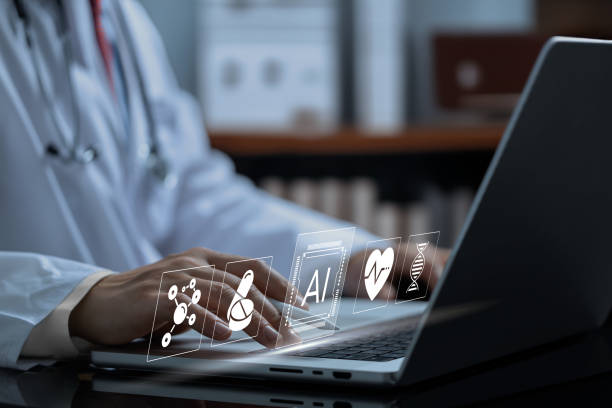
While the potential of the IoMT in healthcare is immense, there are several challenges and considerations that need to be addressed for successful implementation:
Ensuring Robust Data Security and Patient Privacy
The interconnected nature of IoMT devices and the vast amounts of sensitive patient data they generate raise significant concerns about data security and privacy. Robust security measures, including encryption, access controls, and compliance with regulations like HIPAA and GDPR, are essential to protect patient information from unauthorized access and cyber threats.
Addressing Interoperability and Data Integration Challenges
A major challenge in the IoMT landscape is the lack of standardization and interoperability between different devices and platforms. Ensuring that data can be seamlessly exchanged and integrated across various healthcare systems is crucial for realizing the full potential of the IoMT.
The regulatory landscape surrounding medical devices and healthcare data is complex and constantly evolving. IoMT device manufacturers and healthcare providers need to navigate these regulations carefully to ensure compliance and patient safety.
Effective Data Management and Meaningful Analytics
The sheer volume of data generated by IoMT devices can be overwhelming. Effective data management strategies and sophisticated analytics capabilities are needed to extract meaningful insights from this data and translate it into actionable information for healthcare professionals and patients.
Managing the Cost of Implementation and Ensuring Accessibility
The initial cost of implementing IoMT solutions can be a barrier for some healthcare organizations and individuals. Efforts are needed to drive down costs and ensure that these technologies are accessible to all who can benefit from them, regardless of their socioeconomic status.
Real-World Examples and Future Trends of the Internet of Medical Things
The Internet of Medical Things is no longer a futuristic concept; it’s already being implemented in various healthcare settings:
Current Implementations and Success Stories of IoMT in Healthcare
- Continuous Glucose Monitoring (CGM) Systems: These devices continuously track blood glucose levels in individuals with diabetes, providing real-time data and alerts to help manage their condition.
- Telehealth Platforms with Connected Devices: Many telehealth platforms now integrate with IoMT devices to enable remote consultations and monitoring.
- Smart Hospitals Utilizing RTLS: Hospitals are using real-time location systems to track equipment, staff, and patients, improving efficiency and response times.
- Wearable Devices for Clinical Trials: IoMT devices are being used in clinical trials to collect real-world data on patient health and treatment outcomes.
Emerging Trends and the Future Trajectory of IoMT
The future of the IoMT in healthcare is bright, with several exciting trends on the horizon:
- Increased Integration of AI and ML: Artificial intelligence and machine learning will play an increasingly important role in analyzing IoMT data and providing personalized insights and predictions.
- Development of More Sophisticated and Miniaturized Devices: We can expect to see the development of even more advanced and less intrusive IoMT devices.
- Greater Focus on Data Interoperability and Standardization: Efforts to improve data interoperability and standardization will accelerate the adoption and effectiveness of IoMT solutions.
- Expansion of IoMT into Home Healthcare: IoMT technologies will continue to play a growing role in enabling high-quality healthcare delivery in the home setting.
The Internet of Medical Things – Paving the Way for a Smarter and More Connected Healthcare Future
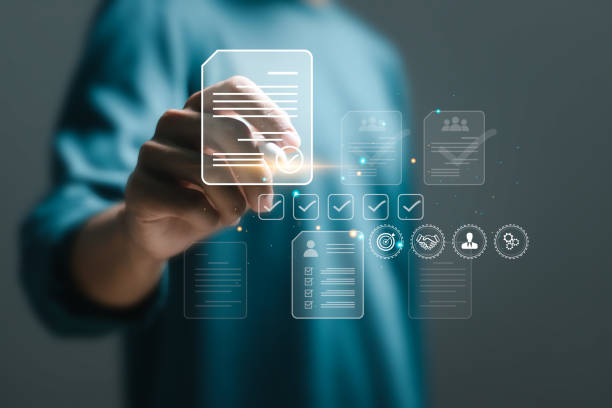
In conclusion, the Internet of Medical Things (IoMT) undeniably represents a transformative force poised to reshape the very fabric of the healthcare industry. By seamlessly connecting medical devices, sophisticated software platforms, and intricate health systems, the IoMT is not just incrementally improving healthcare; it is fundamentally enabling a paradigm shift towards more efficient, highly personalized, and truly proactive healthcare delivery models. While the path to widespread and seamless integration is paved with challenges related to robust data security protocols, the critical need for interoperability across diverse platforms, and the ever-evolving regulatory landscape, the profound potential benefits for patients, providers, and the entire healthcare ecosystem are simply too compelling to ignore.
The promise of improved patient outcomes stands as perhaps the most significant driver behind the IoMT revolution. The ability to continuously monitor patients remotely, detect subtle changes in their health status in real-time, and intervene proactively before conditions escalate offers an unprecedented opportunity to improve treatment efficacy and reduce the incidence of costly and often preventable hospital readmissions. Furthermore, the wealth of data generated by IoMT devices provides invaluable insights that can be leveraged to personalize treatment plans, tailoring interventions to the unique needs of each individual, ultimately leading to better overall health and well-being.
